
Do you have a question about the Siemens Open Processor and is the answer not in the manual?
| Brand | Siemens |
|---|---|
| Model | Open Processor |
| Category | Computer Hardware |
| Language | English |
Describes the manual's structure and how to navigate it effectively.
Explains conventions used for clarity and consistency within the manual.
Details the meaning of symbols used to highlight important information.
Lists necessary documents and knowledge required before using the manual.
Outlines the basic concepts and topics covered in the Introduction chapter.
Lists products and systems that are compatible with the Open Processor.
Explains how the Open Processor collects and processes data from Trane equipment.
Describes the execution of user-defined control programs by the Open Processor.
Details how operators issue commands and requests to the Open Processor.
Describes the network architecture for connecting Open Processors and field panels.
Explains the functionality of the Open Processor in stand-alone remote site configurations.
Introduces the hardware components of the Open Processor and related Trane devices.
Explains the integrated system setup of the Open Processor with System 600 APOGEE and Trane components.
Details the main components of the System 600 APOGEE, such as MBC and RBC enclosures.
Describes the enclosures where the Open Processor may reside.
Details the specific features and capabilities of the Open Processor with the Trane driver.
Explains the status and function of each LED indicator on the Open Processor.
Discusses alternative Open Processors and their driver capabilities.
Clarifies the roles of Power Modules and Controller Modules in relation to Open Processors.
Describes the function and purpose of Expansion Module Kits.
Defines Point Termination Modules (PTMs) and their role as interfaces.
Covers various operator interfaces used for communicating with the Open Processor.
Explains how operator terminals facilitate interactive communication and control.
Describes how terminals and printers transmit and display information from the Open Processor.
Explains the use of modems for enabling remote communication capabilities.
Details the Trane system components that interface with the Open Processor.
Refers to the specific documentation for Tracer Summit hardware installation.
Outlines the software components that are installed in the Open Processor.
Describes the automatic startup and operation of the Open Processor's core software.
Explains the function of the Trane driver in facilitating system communication.
Details the software that enables interactive communication between operators and the Open Processor.
Introduces Powers Process Control Language (PPCL) and its application in HVAC control.
Covers the Open Processor's point database, including definition, structure, and attributes.
Defines the point database and its critical role in system control and data management.
Classifies logical points into four fundamental types: Analog Input, Analog Output, Digital Input, Digital Output.
Defines virtual points, which are logical points without a direct physical device connection.
Explains the use of local points, primarily within PPCL programming for specific functions.
Lists the various attributes that define and describe each point within the database.
Explains the conventions and importance of point naming for identification and customisation.
Provides recommended guidelines for establishing consistent and predictable point naming structures.
Offers helpful shortcuts and techniques to streamline the process of entering point names.
Details the standard Siemens Building Technologies addressing scheme used for points.
Explains the various status indicators that reflect the current condition of a logical point.
Defines the five distinct priority levels that determine point control and command hierarchy.
Explains how numeric values for analog points and states for digital points are represented.
Details the specific attributes that define a point's type, such as name, descriptor, and engineering units.
Explains how points are assigned to different access groups for security and user management.
Covers the attributes related to point alarming, including standard, enhanced, and print alarm settings.
Describes the attributes used for point totalization, such as accumulating run times or volumes.
Explains how custom state text can be defined for digital and LENUM points for improved readability.
Defines attributes related to the Change of Value (COV) limit for points.
Lists additional attributes for defining analog points, including value format and sensor type.
Lists additional attributes for defining digital points, such as inversion and proofing.
Explains the process of BCU mapping and the definition of Metapoints for Trane integration.
Introduces the BACnet protocol and its significance in building automation networking.
Details how BACnet object types are mapped to System 600 APOGEE point types.
Provides general recommendations for adding points to the Open Processor database.
Lists the essential points that must be defined for the initial startup of the Open Processor.
Explains Point Termination Modules (PTMs) as the crucial interfaces for field equipment.
Describes diagnostic points used for troubleshooting and verifying Open Processor operational status.
Covers applications, features, and object mapping for Trane equipment controllers supported by the Open Processor.
Details applications created using PPCL for enhancing energy management capabilities.
Lists key features and control functions enabled by the Open Processor, reducing field wiring needs.
Explains the control of compressors based on the Leaving Evaporator Set Point.
Describes the point used to limit the overall amp usage of chillers on the network.
Details the functionality for remotely starting and stopping Trane chiller operations.
Illustrates the available analog and binary inputs/outputs for various Trane equipment controller types.
Explains the necessity of obtaining an object worksheet from the Trane representative for database creation.
Illustrates the structure and purpose of the BCU object worksheet for documenting Trane BCU object IDs.
Provides a practical example of a completed worksheet, demonstrating Trane object mapping.
Introduces the corrective measures and procedures for addressing Open Processor problems.
Provides initial checks for power, communication status, and LED indicators on the Open Processor.
Guides users on how to order necessary replacement components for the Open Processor.
Offers systematic steps for diagnosing and resolving common issues encountered with the Open Processor.
Addresses specific operational issues related to Open Processor LEDs, MMI prompt, and battery warnings.
Provides troubleshooting guidance for issues concerning the Trunk Interface II and its connectivity.
Covers troubleshooting procedures for problems related to Point Termination Module (PTM) points.
Details troubleshooting steps for diagnosing and resolving communication failures with the Trane system.
Provides step-by-step instructions and precautions for replacing the Open Processor's battery backup.



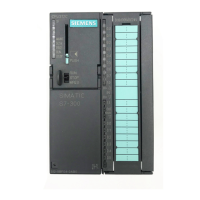

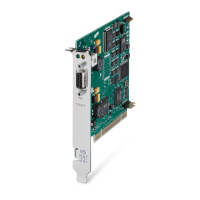
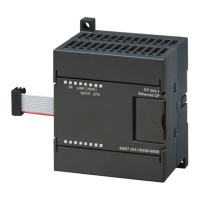
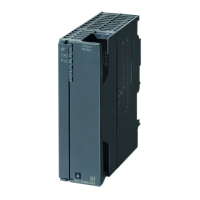
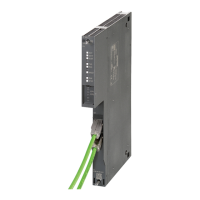
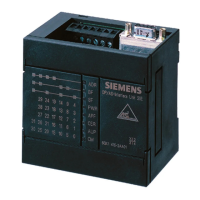
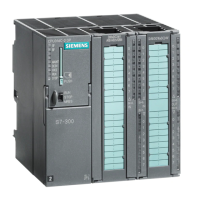
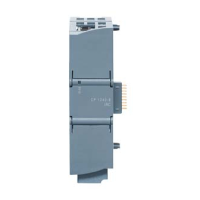
